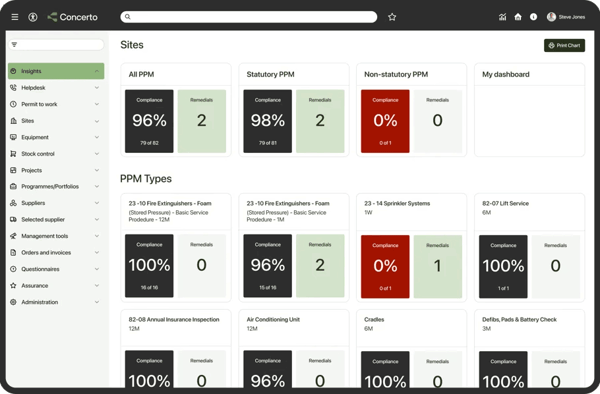Building information modelling
Building Information Modelling (BIM) is the process of creating and managing digital models of buildings or infrastructure. These models go beyond drawings. They combine 3D design with useful data about time, cost, energy use and ongoing maintenance. Everyone involved in the project, from architects to estate managers, can work from the same reliable source of information.
Why BIM matters
-
Improves collaboration – Everyone works from the same model, reducing mistakes
-
Boosts efficiency – Integrates design, cost and scheduling data
-
Helps with compliance – Tracks asset details for audits and safety checks
-
Supports maintenance – Gives estates teams the data they need post-handover
Dimensions of BIM
BIM is often described in levels or ‘dimensions':
-
3D – Physical layout and visualisation
-
4D – Adds time for project planning
-
5D – Includes cost data
-
6D – Adds sustainability information
-
7D – Supports facilities and asset management
Common challenges
BIM adoption can require new tools, staff training and shifts in working practices. It also raises questions around data sharing and ownership. However, these challenges can be managed with clear processes, proper standards and good software.
UK approach and standards
The UK government made Level 2 BIM mandatory for public projects in 2016. Standards such as ISO 19650, IFC and COBie help ensure consistency and data exchange across systems.
How Concerto supports BIM
Concerto's CAFM module connects directly with BIM models to support ongoing management. It provides:
-
Real-time asset data and 3D visualisation
-
Automated maintenance planning
-
Compliance tracking linked to building elements
-
Cost and document management
By linking BIM with day-to-day estate operations, Concerto helps organisations make better decisions, extend asset life and reduce long-term costs.


